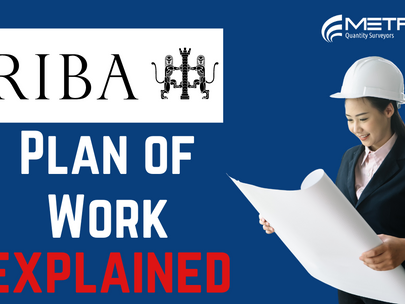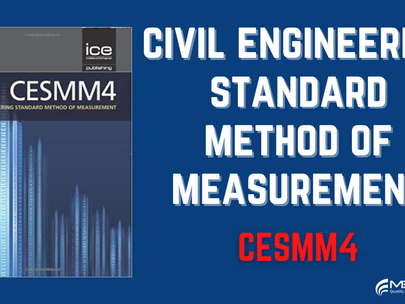24 Quantity Surveyor Terms You Need To Know

When starting Quantity Surveying it can feel like everyone is speaking a different language. With lots of new terms and
What Are Detailed Cost Reports in Construction?

Cost reports are a vital tool in construction used by Quantity Surveyors to report on expenditure & assess the financial
HonRICS | How Rare Is It & How Do You Get It?

The Royal Institution of Chartered Surveyors, known as RICS, is the pinnacle of the Quantity Surveying profession. It opens doors
Construction Bonds Explained

In this article we’re going to explore construction bonds. The different types of bonds available & the purpose they serve
What Is E-Procurement?

E-procurement is a technological advancement within the construction industry that simply means to carry out processes ‘online’ and through information
Is The Construction Industry Stuck In The Past?

The global construction industry represents Trillions of dollars’ worth of work each year. Yet despite its large size and importance
RIBA Plan Of Work Explained

The RIBA Plan of Work was introduced in 1963 to provide a framework for architects to use on projects with
Is Quantity Surveying Right For You?

Quantity Surveyors manage the costs on a construction project. They help to ensure that the construction project is completed within
Civil Engineering Standard Method of Measurement – CESMM

CESMM stands for Civil Engineering Standard Methods of Measurement and is a standard which incorporates rules and regulations for measuring
RIBA Explained

RIBA stands for the Royal Institute of British Architects. It is a professional membership body driving excellence in architecture. They


